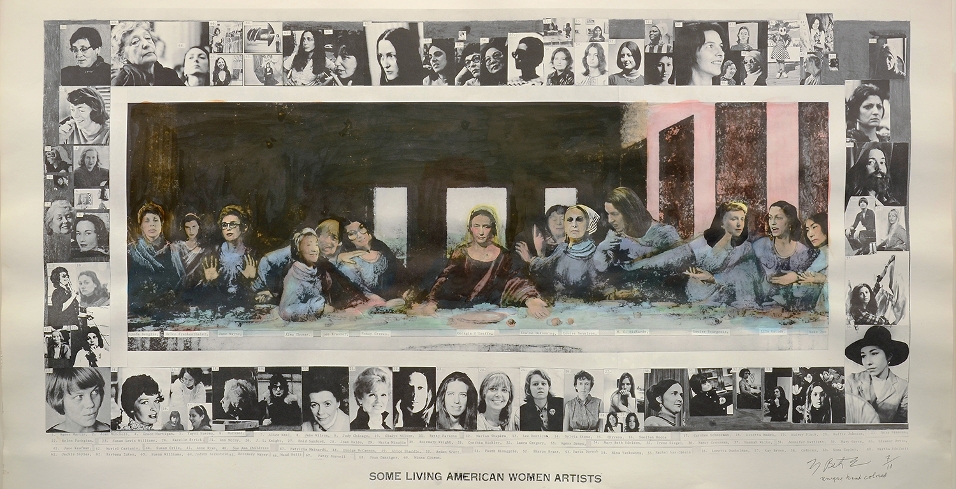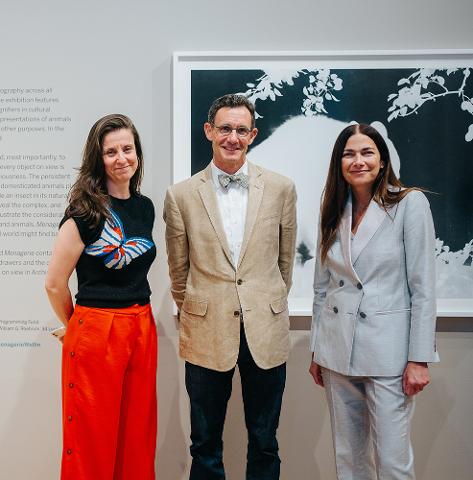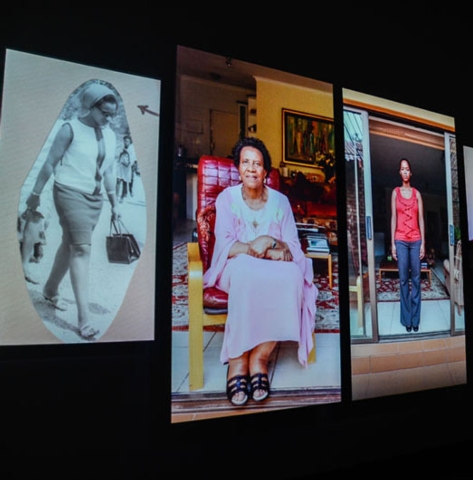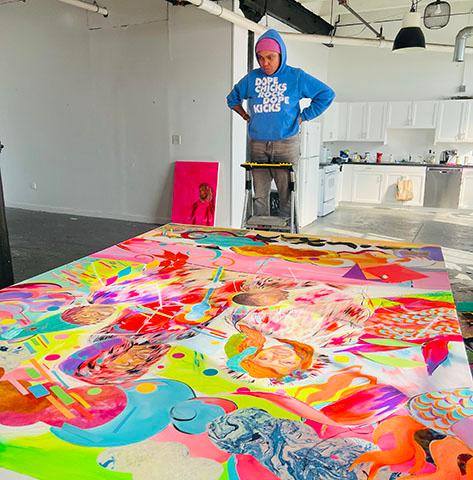
This spring, the Wellin Museum is excited to open SUM Artists: Visual Diagrams and Systems-Based Explorations. The exhibition is curated by Matthew Deleget and Rossana Martinez, artists, educators, and the founding directors of Minus Space Gallery in Brooklyn, New York. SUM Artists presents several generations of artists who investigate and visualize divergent subjects of pressing concern such as the arts, culture, history, race, gender, politics, economics, humanities, transportation, and the quotidian, among others—through the process of data visualization. Featuring recent and historical artworks across a broad array of mediums, the exhibition explores the intersection of these subjects primarily through charts, maps, diagrams, and lists. SUM Artists also includes a selection of rare materials on loan from the Special Collections at Hamilton College’s Burke Library. Dating from the late seventeenth to the mid-twentieth centuries, these precedent prints, books, and drawings point to a longstanding tradition of graphic representations of information.
Embracing the appearance of empiricism, the work in this show offers a kind of truth, but one arrived at through the experiential and emotional filters of the artists. They present a form of visual hypothesis that is usually heavily researched, subjectively compiled, and flexible in intention. Highlights in the exhibition include Mary Beth Edelson’s now legendary hand-colored lithograph Some Living American Women / Last Supper (1972), in which the artist collaged the faces of preeminent yet underrecognized female artists atop those of Jesus Christ and his apostles in Leonardo da Vinci’s iconic painting The Last Supper, thereby creating her own artistic pantheon; David Diao’s Barnett Newman, The Paintings in Scale (1991), a painted inventory of the renowned Abstract Expressionist artist’s relatively modest output during his now celebrated career, charted according to the format, dimensions, and year the paintings were produced; and RYAN! Elizabeth Feddersen’s wall installation Kill the Indian, Save the Man (2017–present), which exhaustively maps the nineteenth- and twentieth-century Indian boarding schools that were established in the U.S. to assimilate Native American children, with devastating, indelible cultural repercussions.
This exhibition also sees the return of WellinWorks, the Wellin’s experimental interactive space that encourages creative thinking in the gallery. For this iteration, the museum has taken inspiration from the ancient Greek Lyceum established outside Athens by Aristotle in 335 B.C.E. as a school intended to encourage intellectual discussion, public discourse, and learning, often in an open-air setting. Within the WellinWorks space, visitors are offered an opportunity to experiment with concepts introduced in the accompanying exhibition SUM Artists, particularly a consideration of how information is organized and of differing approaches to data visualization. Echoing the original Lyceum, WellinWorks is an environment for engagement, discussion, and learning.
Stop by the museum this semester to experience intellectually challenging works, creative interpretations, and opportunities to experiment with your own perceptions.







